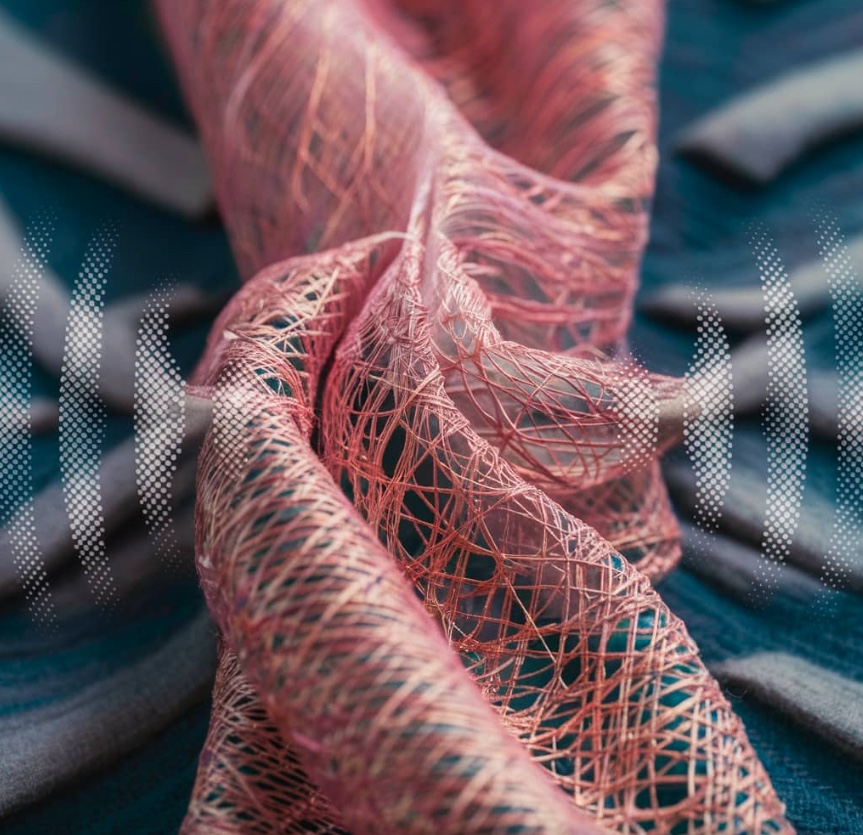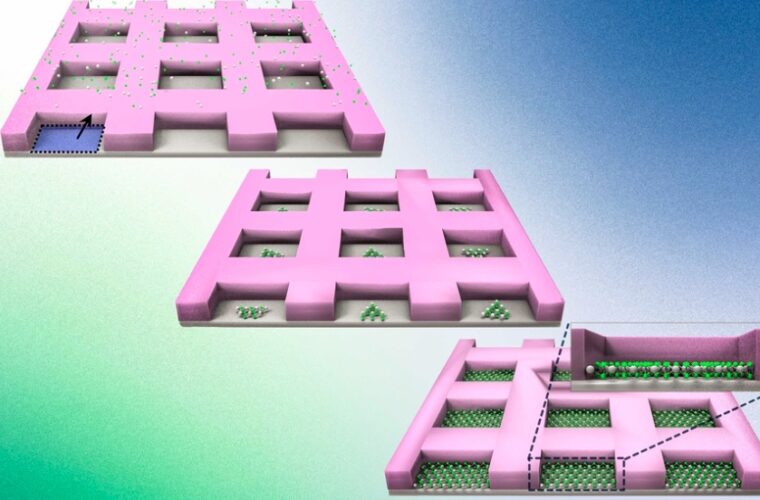Smart fabric: A team of researchers at the Massachusetts Institute of Technology (MIT) have made a significant breakthrough in the attenuation of unwanted noise, and it almost happened by accident. They have developed a special fabric that can effectively filter out sounds, paving the way for new applications for active noise cancellation that go far beyond classic headphones. The study, published in the journal Advanced Materials, builds on previous research to create a silk-like fabric capable of capturing and amplifying sound.
The team then discovered that this material could also be used to filter out unwanted sounds, opening new and interesting possibilities. The special fabric, made from piezoelectric fibres, is extremely thin and comparable to the size and thickness of human hair. When a voltage is applied, the material vibrates and, if calibrated correctly, can eliminate incoming noise, as active noise-cancelling headphones do. This mode, called “direct suppression”, has proven effective in small spaces, in some cases reducing the volume of sounds by up to 65 decibels.
The design and construction
Despite the challenges, the technology developed at MIT opens a range of possible applications. It could be used to create sound-absorbing curtains, acoustic panels for offices and public spaces, or even building materials that can reduce noise inside buildings. The development of this ‘smart’ fabric represents an important step in the search for innovative solutions to combat noise pollution. This growing problem negatively impacts many people’s health and quality of life. Speaking of sound attenuation studies, a team from the University of Washington recently developed an AI system that can isolate a specific person’s voice simply by looking at it for a few seconds.
To extend the applicability to larger spaces, the researchers came up with an alternative approach. They found that holding the fabric completely still and putting it under tension becomes a kind of sound barrier. The team exploited this property to reflect noise back to its source. In this mode, called ‘motionless’, sound transmission is thus decreased by 75%. Although the tests conducted show very encouraging results, there is still a long way to go before we can see this technology applied on a large scale. The MIT team must conduct further studies to optimize the fabric’s performance, assessing the impact of variables such as the number of fibres, their arrangement and electrical voltage.

Smart textiles are on the way
First author, Grace Yang, said this is just the beginning, as there are “a lot of knobs we can turn” to make the tech effective. They also need to figure out the best way to market it commercially. Yoel Fink, an MIT professor and co-author of the research, said that the material is just too new right now, and he needs to learn the market for it.
Last December, MIT researchers created FibeRobo, a smart fibre that changes its structure to become insulating. And you can make these changes yourself directly from app. Liquid crystal elastomers (LCEs) are composed of molecules with liquid-like properties that can also organize themselves into periodic crystalline formations when cold and inert. The result is a fibre capable of contracting when exposed to heat and self-reversing when the temperature drops without external sensors or woven components.
The MIT team used an industrial knitting machine to weave a Bluetooth-controlled compression jacket, then tested the waistcoat on one of the researchers’ pets (yes, it was a dog jacket!). Another prototype served as an adaptive sports bra, with FibeRobo embroidery stretching the fabric as the user began to exercise. According to MIT, the team can produce about one kilometre of usable fibre daily. Moving forward, the team wants to fine-tune the composition of its LCE to make it biodegradable or recyclable.



